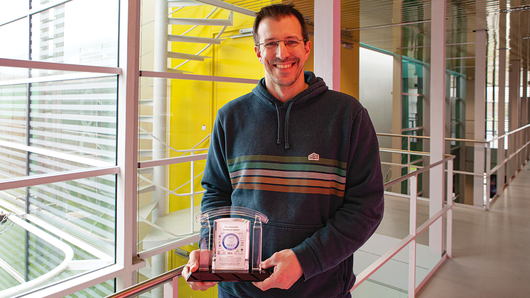High-Performance Computing Center Stuttgart

“At the start of the pandemic it quickly became clear that regional ICU capacity would play an essential role in the successful management of the pandemic,” said Dr. Sebastian Klüsener, Director of Research at BIB. To address this, the federal government needed a suitable predictive model to estimate where there was a threat that capacity could become overloaded. Because the BiB did not have the capacity to run a simulation model of this size on its own, the cooperation with HLRS offered access to the needed expertise and computing performance. Among other systems, the simulation was developed on a system donated to HLRS as part of the AMD COVID-19 High-Performance Computing Fund and implemented on HLRS’s flagship supercomputer, Hawk.
“HLRS’s collaboration with the BiB was the first time that a federal high-performance computing center in Germany provided such a service to the government. It demonstrates how HPC for global systems science can support decision makers in crisis situations,” said Dr.-Ing. Ralf Schneider, who contributed to the model development and oversaw its implementation on HLRS’s Hawk supercomputer.
Building on this collaboration, HLRS launched a project called CIRCE that is investigating other potential applications of high-performance computing for the management of emergencies. Funded by the German Federal Ministry for Education and Research and the Baden-Württemberg Ministry for Science, Research and the Arts, CIRCE is working with other government agencies to identify potential crisis situations in which rapid access to HPC resources could enable a more effective response, and to determine what steps must be taken to ensure that HLRS is prepared to provide these resources quickly.
Coordinated by HPC market analysts Hyperion Research, the HPC Innovation Awards recognize noteworthy achievements by users of high-performance computing across the world. They are announced twice annually.